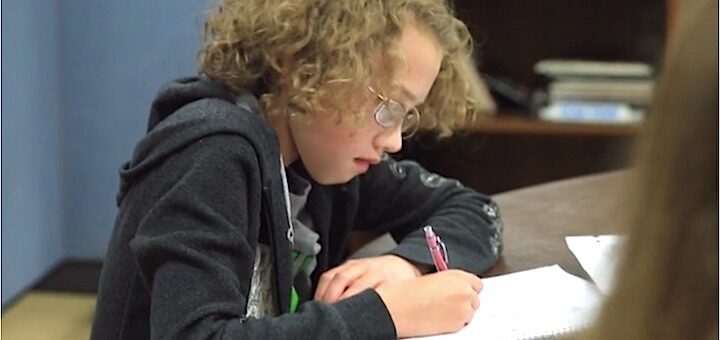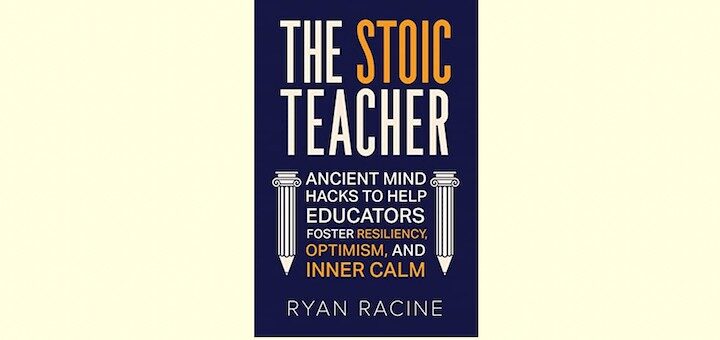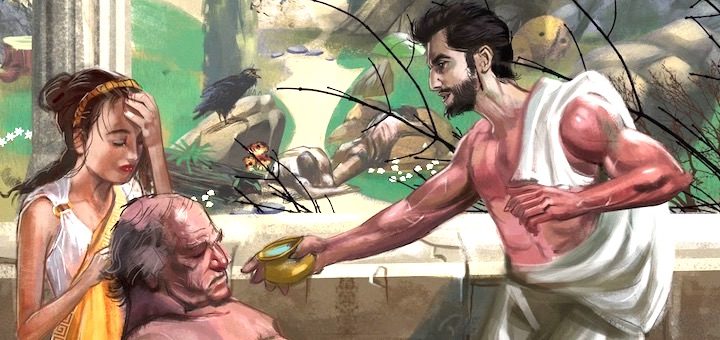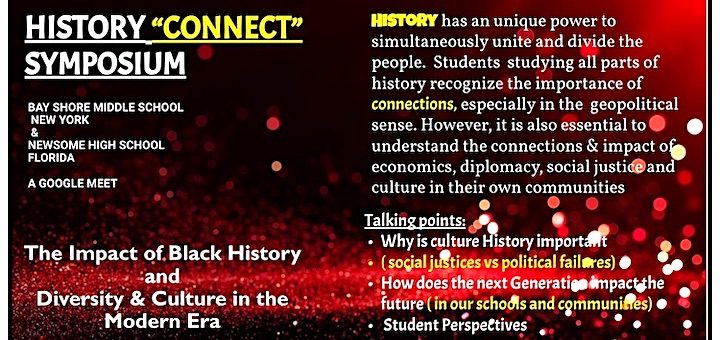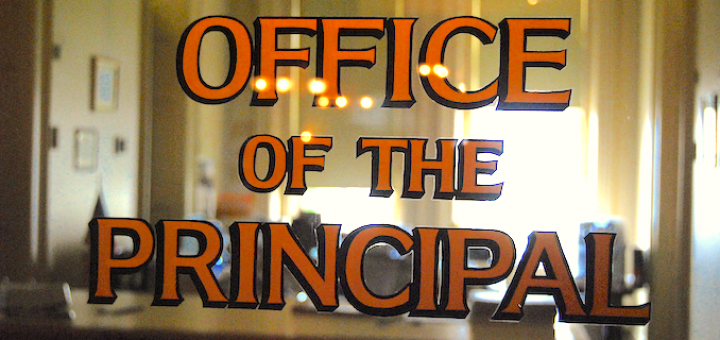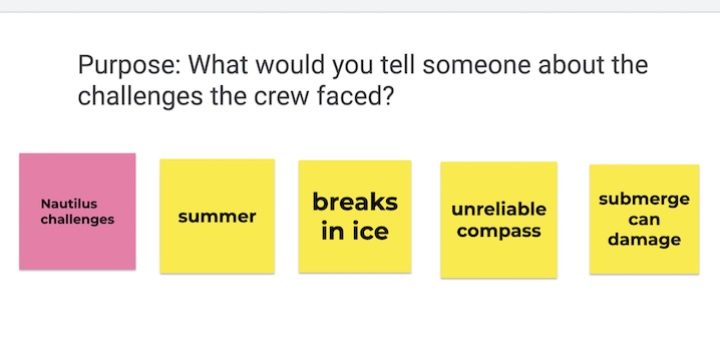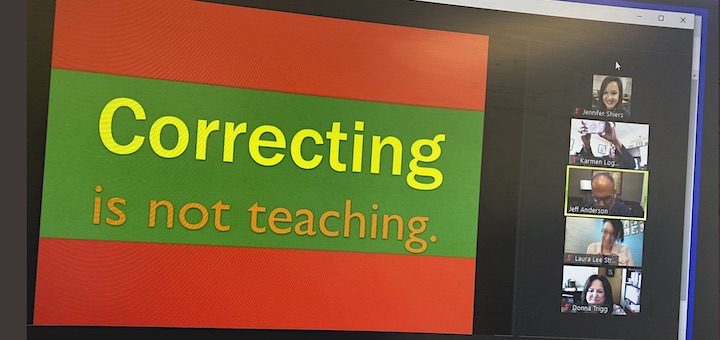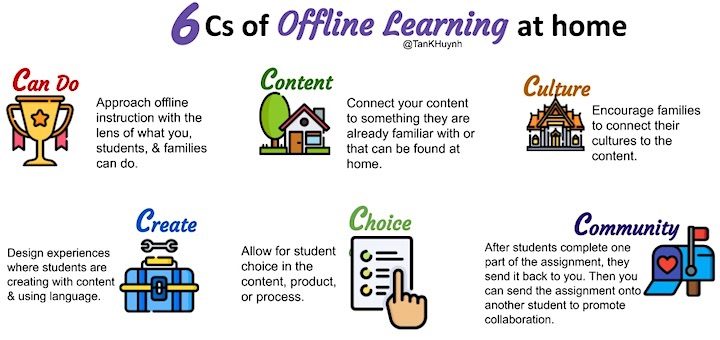Including AAPI Heritage in Classroom Learning
For over 40 years the US Congress has recognized the heritage of Asian Americans and Pacific Islanders during May. Federal agencies and nonprofits provide resources to bring the culture and history of AAPIs to the classroom. For an overview visit this MiddleWeb roundup.


